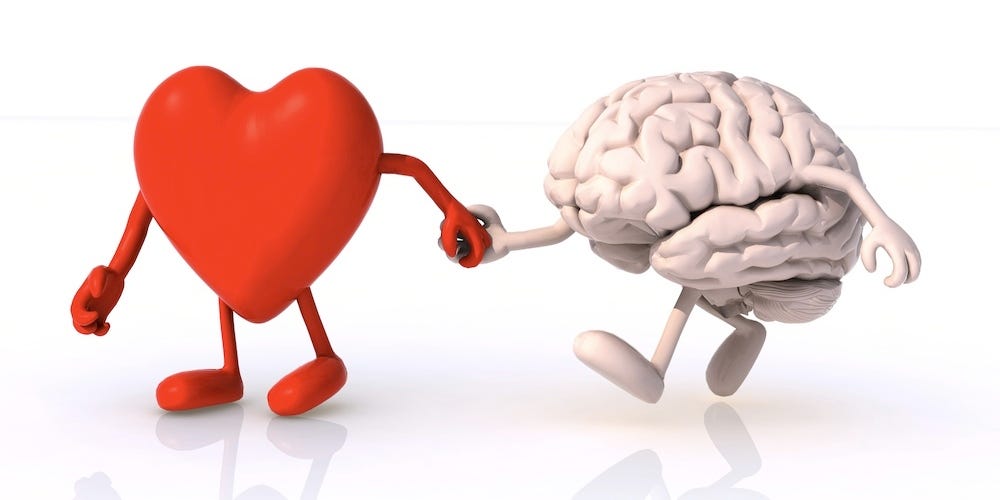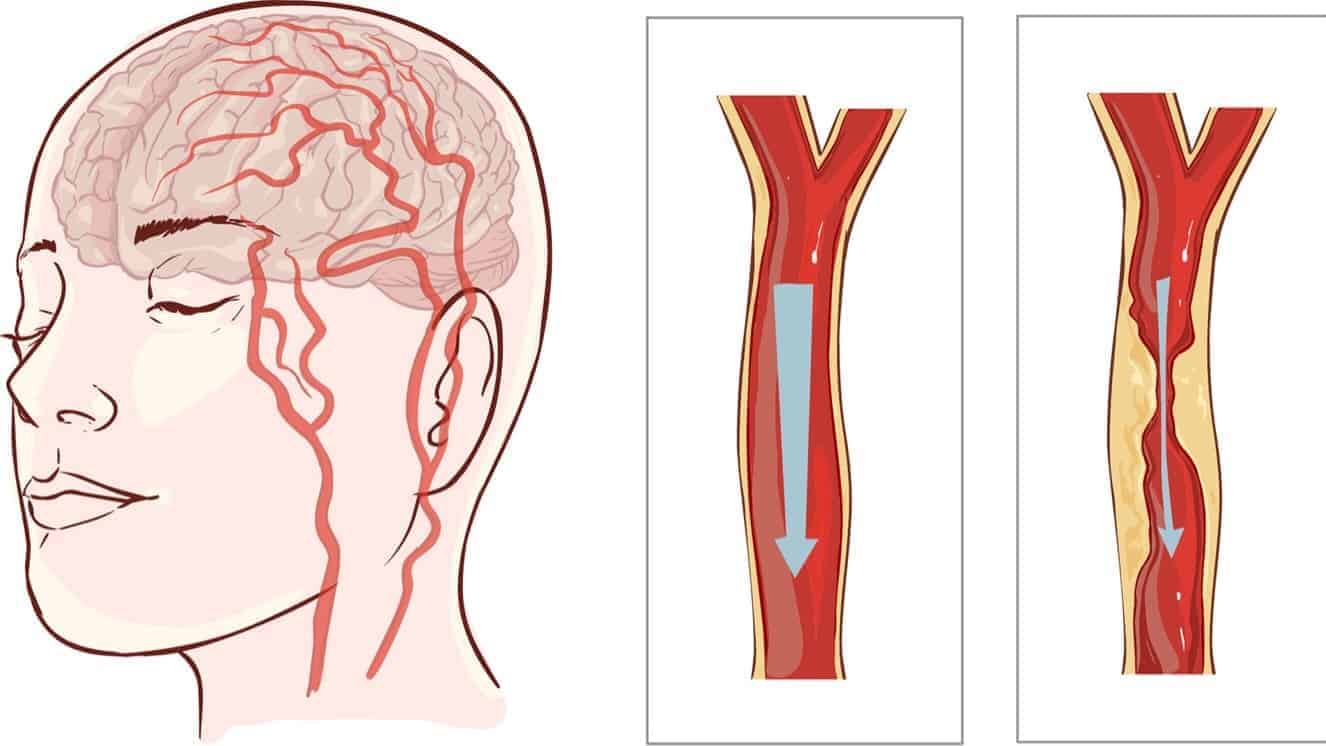
Not many understand the dynamics of being a stroke first aider, yet it is the third leading cause of death and the leading cause of disability. There are two different types of strokes which require different treatments.
Ischemic strokes happen when arteries become blocked or narrowed, cutting off adequate blood flow to the brain. Hemorrhagic strokes happen when blood leaks to the brain.

Risk Factors
People who experience high blood pressure are at the highest risk of suffering from a stroke. Other risk factors include smoking, diabetes, high cholesterol and high sodium diets.
Most of these factors are lifestyle-oriented. Therefore, we can prevent the risk of having a stroke by changing our lifestyle.

Additionally, the older you get, the more likely you are to suffer from a stroke. However, strokes aren’t restricted to older people. Anyone can get a stroke at any age. P
Your response when someone suffers from one is what could save their lives and prevent disability.

First, here are some signs to look out for.
- Numbness. Most stroke victims experience numbness on their face or arm. They may notice a droop on their face or their arm feeling heavier.
- Loss of balance. During a stroke, you might become dizzy or lose your balance. This is due to insufficient oxygen supply to the brain.
- Speech Difficulty. You’ll notice the person’s speech has become slurred. They will be unable to repeat simple sentences and will sound incoherent.
- Blurry Vision. You may have blurred or darkened vision. This may occur on one eye or both and comes suddenly.
- Headaches. One of the symptoms of strokes is severe headaches which might be accompanied by nausea and vomiting.
The other step in dealing with strokes is knowing what to do once you notice these signs. Here are things to do during a stroke.

- Look Out For Symptoms
You can prevent a bad situation from getting worse by being vigilant. Whether you or a loved one experiences any of the symptoms mentioned above, respond immediately.
If you feel sudden dizziness or weakness, it’s always advisable to consult a doctor. Some people suffer from mild strokes without knowing which eventually leads to a serious one.

- Administer First Aid
While it’s natural to feel fear or shock, it’s equally important to keep the person calm by reassuring them. Use the FAST approach to determine whether they’re suffering from a stroke. This involves checking their face for droopiness, arm for weakness, speech for slurries and then call an ambulance.
It’s important to carry out this test in a speedy manner as time is of the essence during strokes. You should lie them on their side with their arms raised. Check if they’re breathing. If not, administer CPR and make sure they’re warm. You shouldn’t give them anything to eat or drink as this may cause choking. Additionally, don’t give them any medication.

- Call An Ambulance
Calling a doctor or driving the patient yourself wastes time and lowers their chances of survival. The ambulance attendants will know what to do once you contact them and get to your location in a timely manner.
This is crucial as the longer the stroke goes untreated, the worse the effect. Make sure to also teach the younger children how to call for an ambulance and what to say.